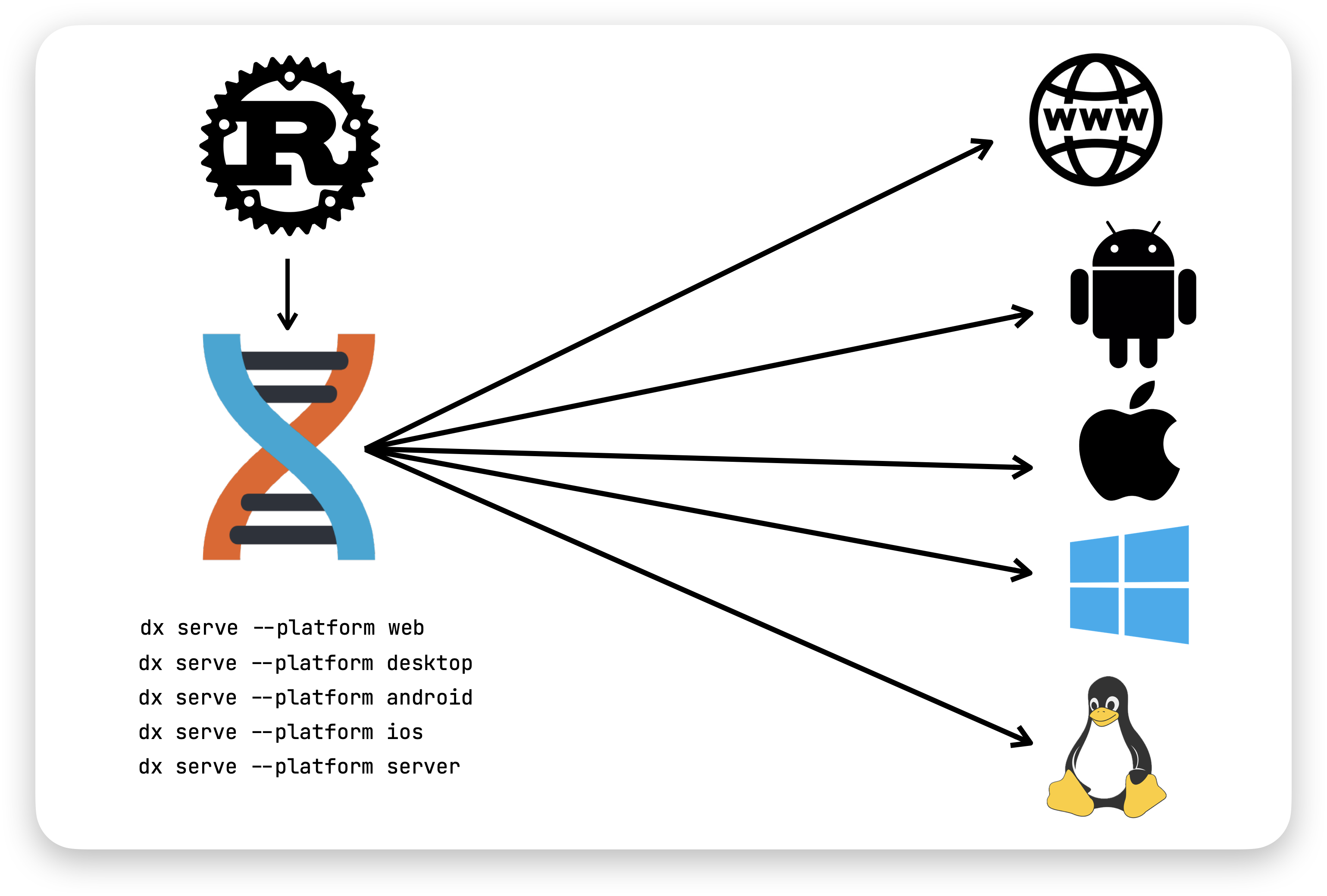在 Rust 中实战 io_uring:以文件系统 IO 为例
io_uring 是 Linux 内核(从 5.1 版本开始支持)提供的高性能异步 IO 接口,它允许用户空间批量提交 IO 操作,减少系统调用开销,特别适合高吞吐的文件 IO 或网络 IO。Rust 社区有多个 crate 支持 io_uring:
- io-uring:低级绑定,直接对应内核 API,适合需要精细控制的场景。
- tokio-uring:基于 Tokio 的异步运行时封装,易于集成 async/await,支持文件和网络操作(推荐用于实战)。
- uring-fs:专注于文件系统的 io_uring 实现,类似于 std::fs 但异步化。
你的查询提到“rustfs”,这可能指 Rust 的文件系统相关库(如 rustfs 项目或 uring-fs crate)。我假设你想在文件 IO 场景下实战 io_uring。下面我以 tokio-uring 为例,提供一个完整的实战教程:实现一个异步文件复制器(类似于 cp 命令,但使用 io_uring 驱动)。这展示了文件打开、读取和写入的实战应用。
环境要求
- Linux 内核 ≥ 5.5(推荐 5.10+ 以支持更多功能)。
- Rust 1.70+。
- 测试环境:使用
cargo new io_uring_cp --bin创建项目。
步骤 1: 添加依赖
在 Cargo.toml 中添加:
[dependencies]
tokio-uring = "0.4" # io_uring 运行时
tokio = { version = "1", features = ["full"] } # 兼容 Tokio 生态
clap = { version = "4", features = ["derive"] } # 命令行解析(可选)
anyhow = "1" # 错误处理运行 cargo build 验证依赖。
步骤 2: 理解核心概念
- Submission Queue (SQ):用户提交 IO 操作(如 read/write)。
- Completion Queue (CQ):内核返回完成事件。
- tokio-uring 隐藏了这些细节,提供
#[tokio::main(flavor = "uring")]来启动运行时,以及uring::open_file、read、write等 API。 - 与标准 Tokio 不同,文件 IO 是真正异步的(不阻塞线程)。
步骤 3: 完整代码示例
以下是一个简单的异步文件复制器 io_uring_cp.rs。它使用 io_uring 打开源文件、读取内容,并异步写入目标文件。支持命令行参数如 cargo run -- src.txt dst.txt。
use anyhow::{Context, Result};
use clap::Parser;
use std::fs;
use std::path::PathBuf;
use tokio::io::{AsyncReadExt, AsyncWriteExt};
use tokio_uring::fs::File;
#[derive(Parser)]
struct Args {
/// 源文件路径
src: PathBuf,
/// 目标文件路径
dst: PathBuf,
}
#[tokio_uring::main(flavor = "uring")] // 使用 io_uring 运行时
async fn main() -> Result<()> {
let args = Args::parse();
// 检查源文件存在
if !args.src.exists() {
anyhow::bail!("源文件 {} 不存在", args.src.display());
}
// 使用 io_uring 打开文件(异步)
let src_file = File::open(&args.src).await
.context("打开源文件失败")?;
let mut dst_file = File::create(&args.dst).await
.context("创建目标文件失败")?;
// 读取源文件(缓冲区大小 8KB)
let mut buffer = vec![0u8; 8192];
loop {
let n = src_file.read(&mut buffer).await
.context("读取源文件失败")?;
if n == 0 {
break; // EOF
}
// 异步写入目标文件
dst_file.write_all(&buffer[..n]).await
.context("写入目标文件失败")?;
}
// 确保写入完成
dst_file.close().await
.context("关闭目标文件失败")?;
println!("文件复制完成:{} -> {}", args.src.display(), args.dst.display());
Ok(())
}步骤 4: 运行与测试
- 创建测试文件:
echo "Hello, io_uring in Rust!" > src.txt。 - 运行:
cargo run -- src.txt dst.txt。 - 验证:
cat dst.txt应输出相同内容。 - 性能测试:使用大文件(e.g., 1GB)比较与
std::fs::copy的速度。io_uring 在高并发或大文件场景下更快(减少上下文切换)。
步骤 5: 扩展实战
-
集成 uring-fs:如果专注于文件系统,替换为
uring-fscrate(添加uring-fs = "0.1")。示例:use uring_fs::Filesystem; let fs = Filesystem::new(256)?; // SQ/CQ 深度 256 let mut src = fs.open_file(&args.src, 0o644).await?; // ... 类似读取/写入这更像 Rust 的 std::fs,但全异步。
-
网络 IO 示例:扩展为 echo TCP 服务器(参考 developerlife.com 的教程):
use tokio_uring::net::TcpListener; let listener = TcpListener::bind("127.0.0.1:8080").await?; loop { let (stream, _) = listener.accept().await?; // 处理连接:read -> write 回显 } -
性能优化:
- 注册缓冲区:使用
tokio_uring::buf::RegisteredBuf减少内核拷贝。 - 批量提交:io_uring 支持多操作链式提交,适合高负载。
- 注册缓冲区:使用
注意事项
- 兼容性:仅 Linux 支持。测试时用
uname -r检查内核版本。 - 错误处理:io_uring 事件可能乱序,确保使用
user_data跟踪操作。 - 生产使用:从 Reddit 讨论看,io_uring 在 Rust 中已用于生产(如数据摄取),但 tokio-uring 仍年轻,建议从小规模开始。潜在问题:内存安全(Rust 绑定已处理,但需审计 unsafe 代码)。
- 进一步学习:
这个示例展示了 io_uring 在文件 IO 上的实战价值。如果你指的是特定“rustfs”项目(如用户空间文件系统),请提供更多细节,我可以调整!
版权声明:自由转载-非商用-非衍生-保持署名(创意共享3.0许可证)





